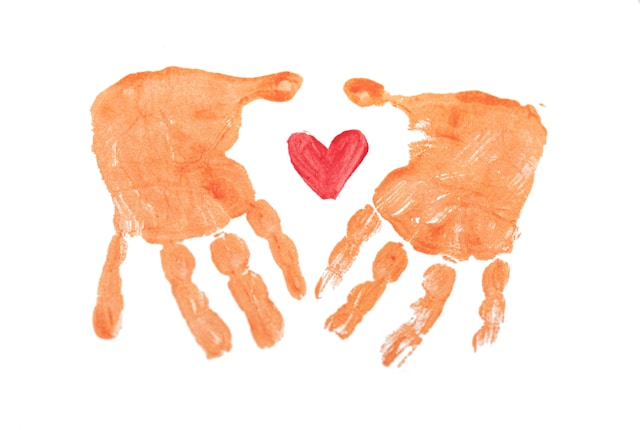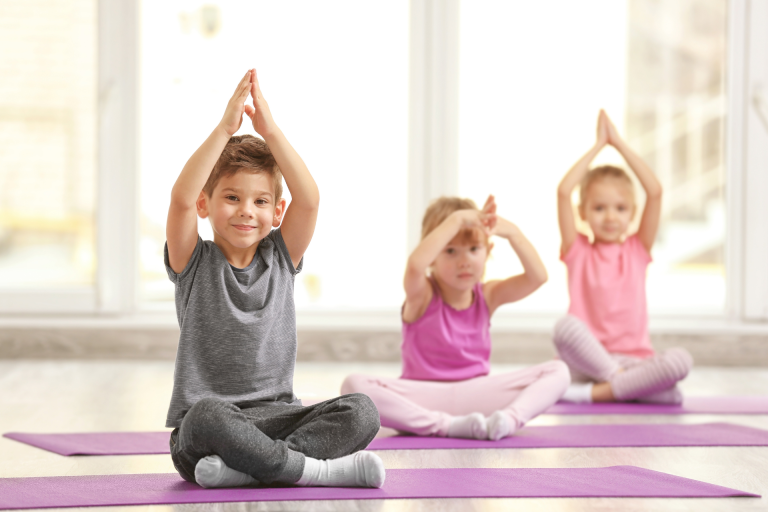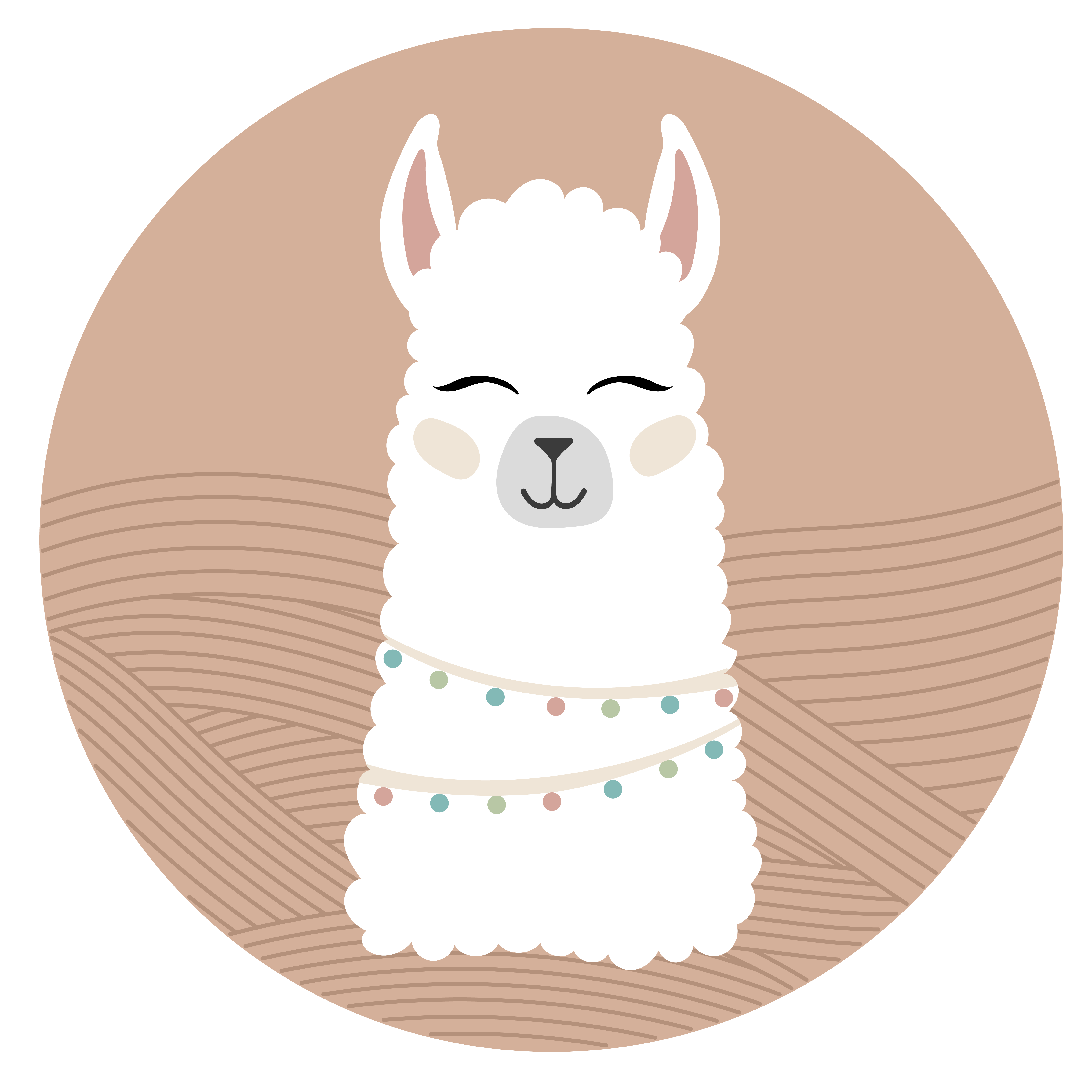As adults, we often underestimate the intensity of emotions experienced by children. Their small bodies developing minds can struggle to contain and process big feelings, leading to overwhelming emotions and meltdowns. The biggest behaviours can sometimes come in the smallest containers. A four-year-old who is having a full-blown tantrum because he does not have words to express his frustration, eight-year-old bullying younger children on the playground, a twelve -year-old having panic attacks as she thinks about taking a math test. Children who erupt in big behaviours often feel shame and guilt after eruption.
Children are often overwhelmed by their emotions, struggling to navigate the complexities of their inner worlds. As caregivers and educators, it is essential that we provide children with tools and strategies necessary to manage their emotions, develop self-awareness, and cultivate mindfulness. One innovative approach to achieving this is by teaching children to contain their big emotions in small containers.
The concept of containing emotions in small containers is rooted in mindfulness and emotional regulation techniques. By providing children with a physical container, such as a small box, jar, or a bag, we can help them symbolically contain their emotions. This approach acknowledges that children’s emotions are valid and deserving of attention, while also teaching them to recognize and regulate their emotional responses.
To implement this approach, caregivers and educators can follow a few simple steps. First, introduce the concept of containing emotions in small containers, explaining that this is a way to mange and regulate feelings. Next, provide children with a small container, encouraging them to decorate and personalize it. This process helps children develop a sense of ownership and investment in their emotional containers.
When a child experiences a big emotion, such as anger, sadness, or frustration, encourage them to place a small object, like a stone, shell, or a beanbag, into their container. This physical act of containing their emotion helps children acknowledge and validate their feelings. As the container fills with objects, children can visually track their emotions, developing a greater awareness of their emotional experiences.
To further enhance this approach, caregivers and educators can incorporate mindfulness techniques, such as deep breathing, visualization, and meditation. These practises help children calm their minds and bodies, reducing feelings of overwhelm and increasing emotional regulation. By combining mindfulness with the concept of containing emotions in small containers, we can provide children with a comprehensive toolkit for managing their emotions and cultivating emotional intelligence.
The benefits of teaching children to contain their bid emotions in small containers are numerous. This approach helps children develop emotional awareness, regulation, and resilience, essential skills for navigating the challenges of childhood and beyond. By providing children the physical container for their emotions, we can help them feel more grounded and in control, reducing feelings of anxiety and overwhelm.
Conclusion
In conclusion, teaching children to contain their big emotions in a small container is a powerful approach to promoting emotional intelligence, mindfulness, and self-awareness. By providing children with a physical container for their emotions and incorporating mindfulness techniques, we can help them develop the skills necessary to navigate the complexities of their inner world. As caregivers and educators, it is our responsibility to empower children with tools and strategies necessary to manage their emotions, cultivate emotional intelligence, and thrive in all aspects of life.
Note:
Explore our products and purchase our eBook, “Luna’s Big Emotions in a Small Containers” a mindful story accompanied by practical exercises to help you and your child develop self-awareness and self-regulation skills for managing emotion.




